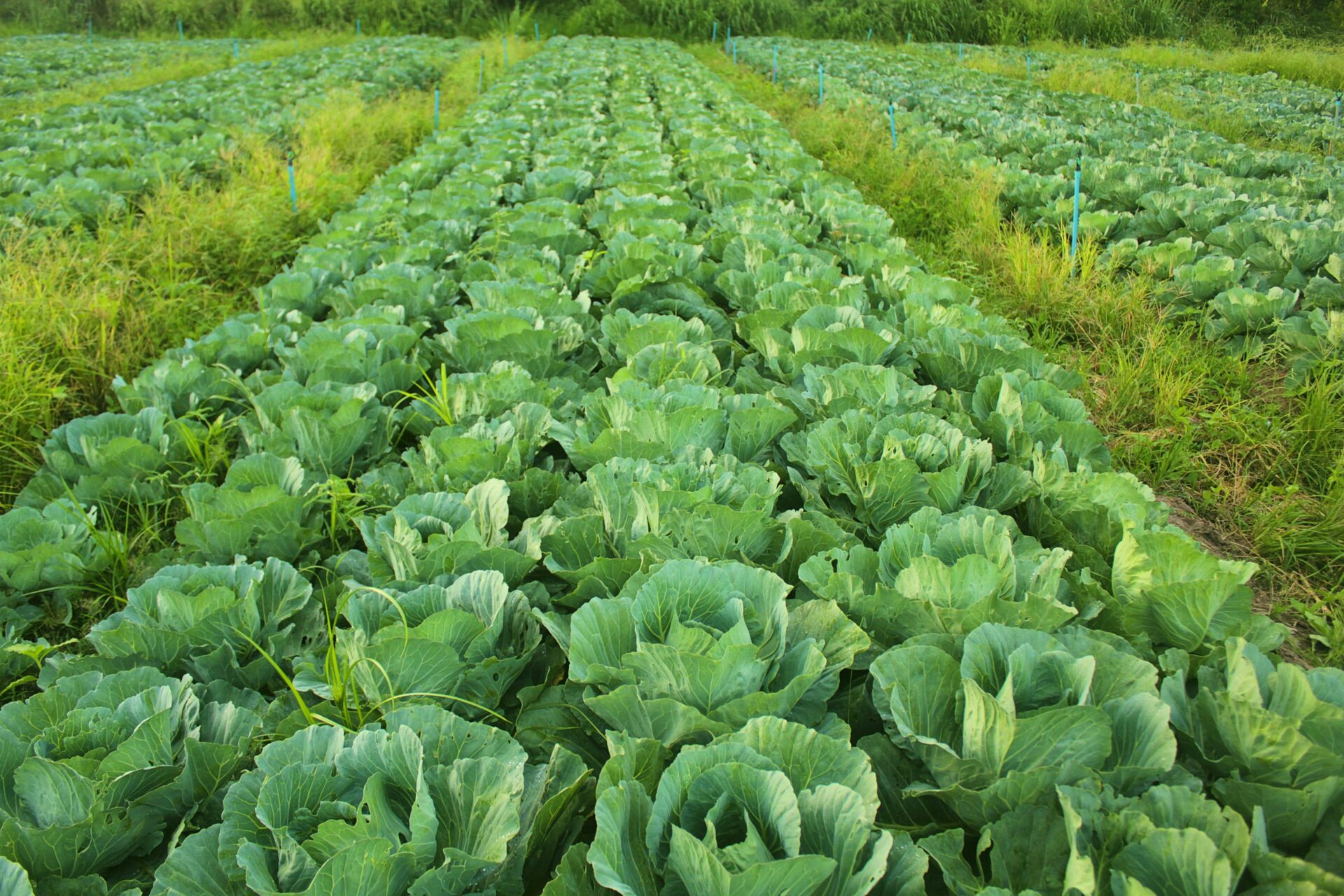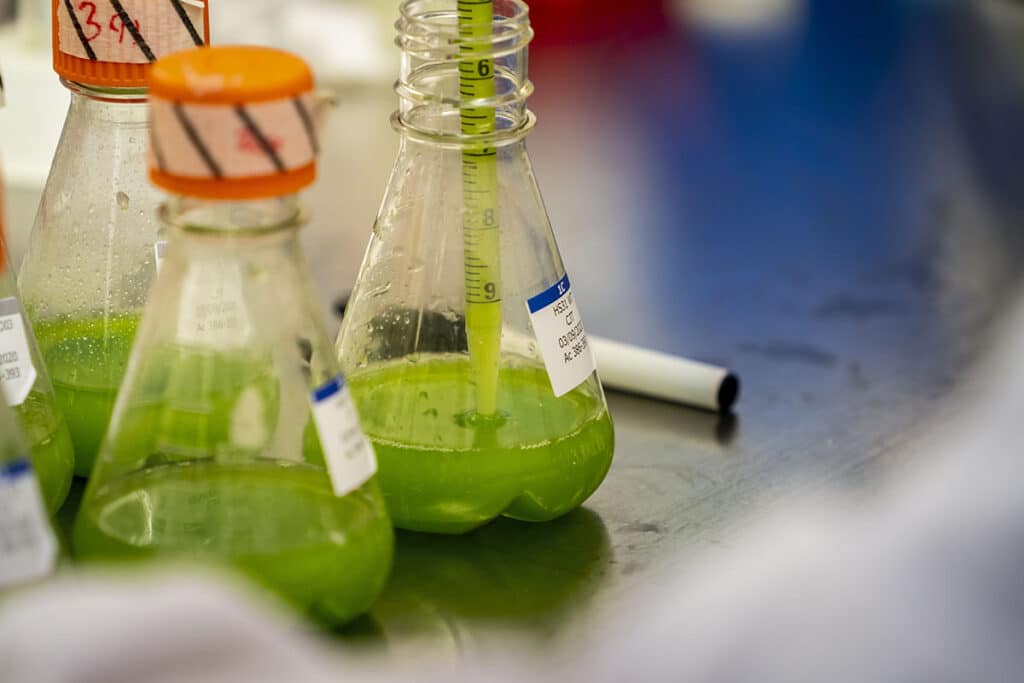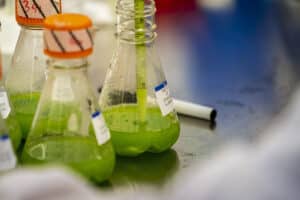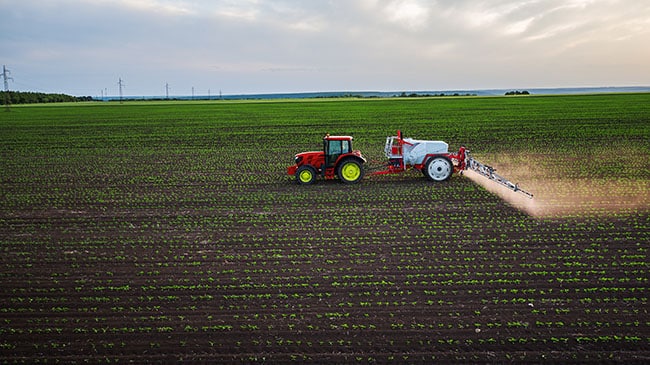Sep 11, 2025



There comes a time for many growers where they wonder if their fields have plateaued. While there are good years and bad years, ultimately an average crop yield makes itself apparent. This average output likely has many growers wondering, “How can I do more with the soil I already have?”
There is a new, innovative option to make the most of your current fields. The answer is a single-celled organism and a strategic carbon plan. Microalgaes have recently gained popularity in many industries, like the agriculture industry, given their renewable nature and improved crop yield results.
Microalgae is used in biofertilizers, biostimulants, biocontrol agents, soil conditioners, and organic fertilizers. PhycoTerra uses a proprietary microalgae formulation to improve your soil’s health and quality by feeding beneficial soil microbes. By pairing this innovative, microalgae product with a carbon product, growers can increase their crop yield potential.
Microalgae are single-celled algae that convert sunlight, water, and carbon dioxide. They are different from macroalgae , as macroalgae is better known as kelp or seaweed.
Microalgae can “bring benefits to the crop such as plant growth and yield, due to their ability to enrich the soil with nutrients as a result of the microbial activity stimulation.” Soil microbes consist of different types of bacteria and fungi living within the soil microbiome. Research has found roughly 75% of soil microbes in farm soils are dormant, unhealthy, or starving.
Dormancy is a survival mechanism for starving soil microbes. To wake them up, they need to be fed a nutrient dense meal. Then, they’ll go to work supporting soil and crop health. Microalgae are an excellent macromolecule to feed many different types of microbes with a mix of carbohydrates, proteins, and lipids.
When looking for a macroalgae product, like PhycoTerra, look for products with a high mixability with other inputs – like carbon products. Once your soil microbes are fed, they’ll provide a slow nutrient release rate to increase plant growth and can help your carbon product applications go further. Review soil microbe food options with a trusted adviser to find the microbial food to best fit your operation and logistics.
Once you do start feeding your soil microbes a microalgae meal, the soil on your farm will benefit from healthy water storing soil, with higher erosion resistance, and better nutrient availability. Healthy soils can reduce abiotic stress on crops, optimize nutrient use, and improve profitability for growers.

When your soil microbe is dormant, plants cannot access all the nutrients from your carbon products. To maximize your investment, stack a complementary carbon product with a microalgae product to achieve higher quality and yield with multiple modes of action.
Many carbon products are complimentary with microalgae, provide improved soil health, and increase crop yield potential.
Humic acids are excellent for capturing and holding onto nutrients in the root zone. Its high ash content is not ideal for feeding soil microbes, but it does create a good environment for soil microbes to live in. Pair the two together to support your crops’ nutrient uptake.
Microalgae is a food source for your soil microbes, and for your inoculants. Inoculants paired with a microalgae soil microbial food, like PhycoTerra, can provide soil health and biology program synergy.
Supported bacteria:
- Bradyrhizobia/Rhizobia
- Bacillus species
- Pseudomonas species
- Azospirillium
- Aspergillus species
Supported fungi:
- Yeast/protein mixes
- Trichoderma species
- Mycorrhizae
These macroalgae act as a plant stimulant, whereas microalgae feed soil microbes. By pairing the two together, well fed soil microbes allow your crops to have a greater NPK uptake. While you want to support crops via biological process stimulation, you also want to support the soil microbes that will also support your soil and crops.
Macroalgae isn’t a great soil microbe food given the high ash and structural content of the product.
Stacking carbon products, like organic fertilizers, and microalgae products can provide benefits to the soil and/or plant. Examples include improved plant growth, tolerance to abiotic stressors, enhanced crop quality, and feeding native soil microbes.
Composts and manures contain a mix of carbon and plant nutrients. Nutrients (like Nitrogen) in organic fertilizer are primarily released when a microbe decomposes or consumes the carbon structure as a food source. Only then is it accessible to the plant for mineralization.
Soil microbes are critical players for releasing the nutrients in compost, manures, and other organic sources. Well fed soil microbes also provide a slow release rate of Nitrogen which helps your fertilizer investment go further for longer.
Not only is pairing carbon products with microalgae products a regenerative agriculture practice, it also produces increased yield potential results in trials.
PhycoTerra and humic acids helped increase the biomass of romaine lettuce by +19% (in grams), and the root area by +26% (in square inches).
Beyond increased mass and root growth, strategically stacking a microalgae product with carbon products can also increase growth over growers standard and ROI. Our findings suggest PhycoTerra has a 10%+ increase over grower’s standard for soybeans, corn, and peanuts when utilized with other carbon products.
Crop | Carbon Product | Microalgae Product | % Over Grower's Standard | ROI | BU or LB/Acre |
Soybean | Soybean Inoculant | PhycoTerra® | +12% | 10:1 | +5.0 |
Soybean | Humic Acid | PhycoTerra® | +34% | 16:1 | +38.6 |
Corn | Humic Acid | PhycoTerra® | +11% | 6:1 | +33.5 |
Peanuts | Inoculant | PhycoTerra® | +10% | 8:1 | +501.5 |
Peanuts | Inoculant | PhycoTerra® | +10% | 8:1 | +488.6 |
You likely have a plan for your breeding seed genetics. Stacking multiple genes, or multiple R-genes generate a more durable seed. The same application applies to stacking carbon products with microalgae for your soil and crop’s wellbeing. You need a strategic plan to support your soil microbes and your crops.
In the next 30 years, it’s projected the agricultural output must increase by 60% to feed our growing population. Buying more land is not always an option. So, it’s worthwhile to consider new, innovative products to increase yield potential in the same amount of space. Microalgae products, stacked with carbon products, increase crop productivity while utilizing sustainable agriculture practices.
Coupling a carbon product with a microalgae product provides a win for your soil. Better soil health can help support your crop’s health – making the carbon product and microalgae product a win for your crops. When your crops are healthier, they have the potential to provide greater yields.
Greater yields will always be a win for growers due to increased revenue and returns on investment. Ready to garner those wins from your field?
Start the conversation with our team, or to learn more listen to our webinar on finding the right carbon product for your field.
Note: All trial data is current as of blog posting. For the most up to date trail data, please visit our trials page.